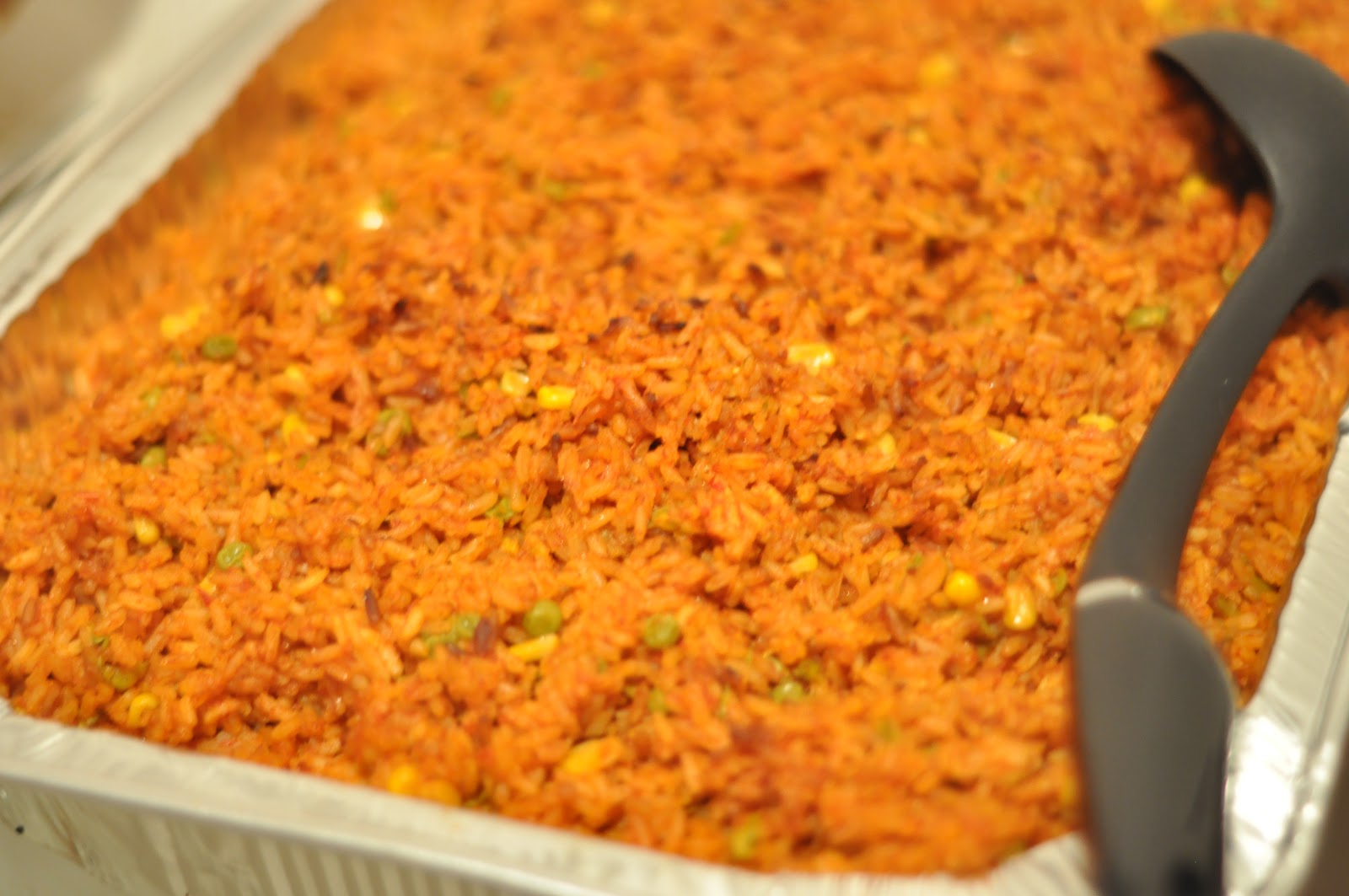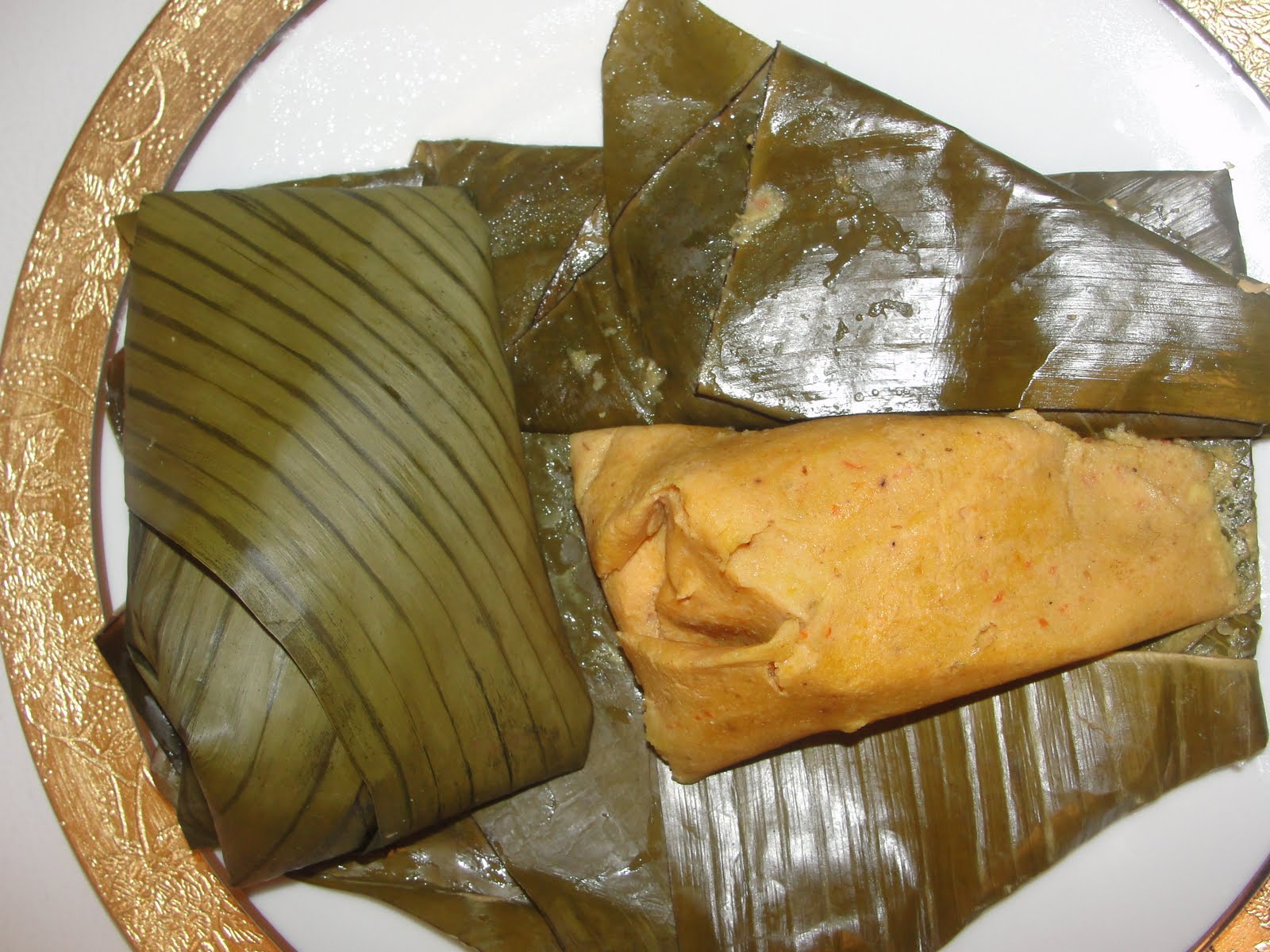Last week we talked about some of the places you should definitely have on your bucketlist if you visit Nigeria in this post Let’s go to Nigeria Oga Oh! 11 places to visit. In our continuing spotlight on Nigeria we look at some Nigerian dishes you should try out. Some are available here in Kenya but you may have to make a trip to Nigeria to try out some of these dishes.
Nigeria is one of the world’s most ethnically diverse countries. The Hausa and Yoruba make up around 21 percent of the population; the Igbo/Ibo, 18 percent; the Fulani, around 11 percent; and Ibibio, 5 percent. Various other groups make up the remaining 23 percent.
With such diversity it is interesting to see how the food has evolved over the years in the different parts of the country. Trade was largely responsible for changing the flavours of African cuisine. Before trading between continents began, main staples included rice, millet, and lentils. The Portuguese were the first Europeans to reach Nigeria. There, they established a slave trade centre around the 1400s.
Portuguese explorers and traders introduced cassava to western Africa (including present-day Nigeria) through their trade with the African coasts and nearby islands. In essence the European explorers and traders introduced several food staples to western Africa, examples of these being beans, cassava, and maize.
Nigeria has such a variety of people and cultures that it is difficult to pick one national dish. Each area has its own regional favourite that depends on customs, tradition, and religion. The different foods available also depend on the season: the “hungry season” is before the rains arrive in March, and the “season of surplus” follows the harvest in October and November. Fruits, however, are enjoyed year-round.A large part of Nigeria lies in the tropics, where many fruits are available. Some of the popular fruits are oranges, melons, grapefruits, limes, mangoes, bananas, and pineapples.

People of the northern region (mostly Muslim, whose beliefs prohibit eating pork) have diets based on beans, sorghum (a type of grain), and brown rice. The Hausa people of this region also like to eat meat in the form of tsere or suya (kebabs, which are chunks of roasted, skewered meat). Muslims love to drink tea, making coffeehouses popular places to socialize.
The people from the eastern part of Nigeria, mostly Igbo/Ibo, eat gari (cassava powder) dumplings, pumpkins, and yams. Yams are usually eaten in place of potatoes and are an important part of the Nigerian diet.
Here are ten top Nigerian cuisines that are definitely worth trying before you die.
1. Isu (Spiced Boiled Yams)
2. Jollof rice. The base ingredient of this Nigerian celebratory dish is always rice and “TPO” (tomato, pepper and onion) plus scotch bonnets. It’s customisable according to your preference, so that it can be extremely hot, or slightly milder.

3. Akara. These delicious protein-packed deep fried bean cakes are light, making them ideal for breakfast (as a side with ogi, perhaps) or throughout the day as a snack. Most people use peeled brown beans, ground and blended with onions and spices, and fry in vegetable oil.
4. Moin moin. A (vegetarian!) dish made of peeled Nigerian brown beans ground together with onions, bell pepper, palm oil and spices, and steamed in banana leaves (or other vessels). You can add any combination of extra bits to it: flaked fish, slices of hard boiled eggs, ground beef… it’s literally up to you.

5. Dodo (Fried Plantains) I don’t know if these are originally Nigerian but we can find them here, and the best available ones are those imported from Tanzania. I love, absolutely love fried plantain, but I realized it is not a flavour that every tongue palette would favour as I made some for my friends and they really didn’t like it. My advice, I sincerely urge you to try it if you never had because you might end up loving it as much as I do.

6. Puff puff. These are basically deep fried, light-as-air sweet dough balls, served alone or with sugar sprinkled over them.
7. Pepper soup. My Nigerian friend actually prepared this meal and gave me some with what must have been Jollof Rice *see above* to try. Among a few other dishes of hers I loved it! Though it does require one who can stand spicy food. It is a thin, very spicy “drinking soup” or broth, chock-full of assorted cuts of meat or fish and scented leaves of uziza.
8. Chin Chin. Crunchy cubes or strips of sweet, deep fried pastry. Even the name sounds almost as crispy as the food must be.
9. Efo Riro. A literal translation from the Yoruba language is “mixed greens” and while they are the star of this rich, fragrant vegetable stew, there’s so much goodness besides: blended scotch bonnets, bell pepper, onions and locust beans. This is a classic Yoruba dish,
10. Bean and Plantain Pottage. Nigerians love a pottage, and they are most commonly made with yams. This variation balances the nuttiness of brown beans with the natural sweetness of plantains, and the palm oil adds a rich smoky taste to it.
To find the recipes given on any one of these meals check out Nigerian foods the world should know about and Food by country.com for even more Nigerian dishes we have been missing.

